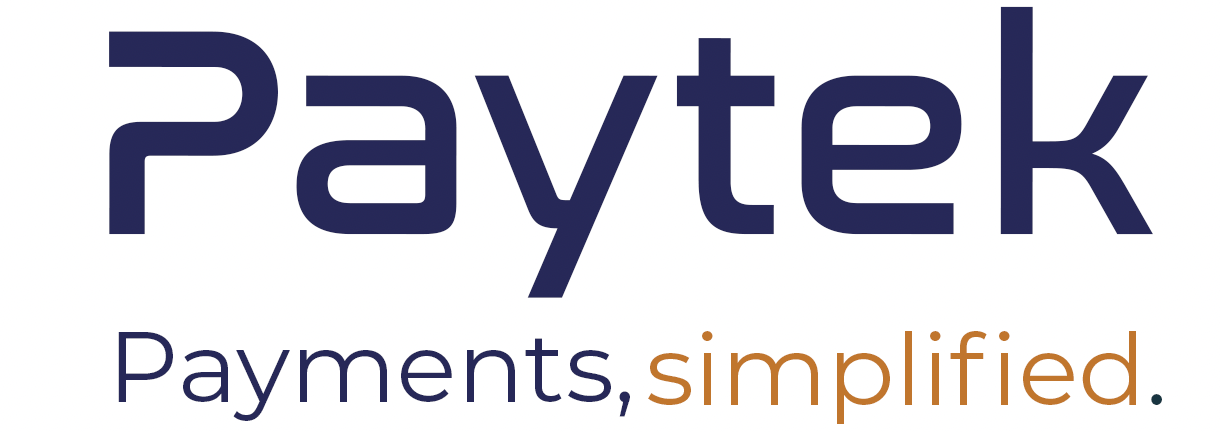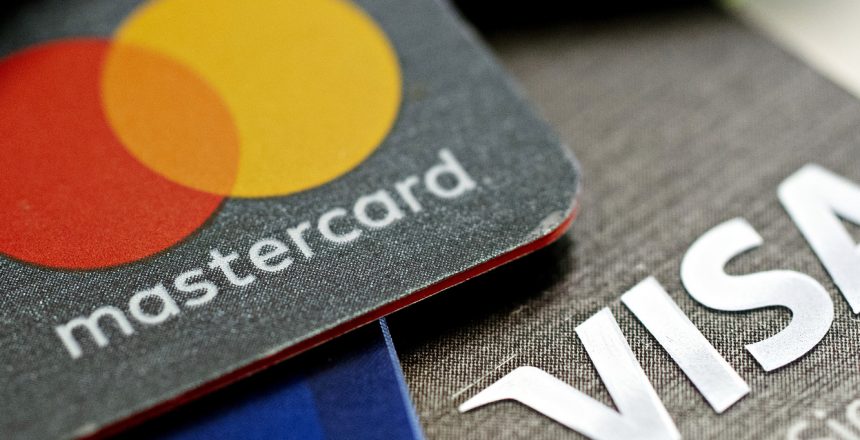If you’re a Canadian business owner who takes card payments, you’ve probably heard the word “Interchange” in passing with your account manager or customer support. But Interchange is one of those topics few pay attention to, even though it affects us all as business owners in Canada.
So what is interchange?
Interchange Fees are transfer fees charged to providers, like Paytek, from card brands like Visa and Mastercard and card-issuing banks to cover the cost of moving funds from bank account to bank account. These fees are paid to the banks to cover handling costs, various fraud or bad credit costs and even costs associated with risk.
What Does This Mean For You?
So if providers are responsible for Interchange Fees, what does that have to do with you as the business owner?
As a merchant taking credit and debit card payments, these transaction fees will be passed on to you either as a bundle of fees like a base rate, non-qualified fees, and card brand fees, or at cost plus transactional fees from your payment processing provider. Depending on the types of cards you see, and how you conduct your transactions, you could also pay higher or lower fees. So, it’s important that you know how Interchange Fees work and how they might affect your business.
How Interchange Fees Work
Interchange Fees are dependent on four different factors: what type of card you put through your machine, how you conduct the transaction, where the customer’s card was issued, and what type of business you run.
Interchange Covers Rewards Cards
When you take credit cards that collect rewards points, who pays for the rewards? Most people would say the banks, and that’s a fair guess. But in reality, the cost of rewards is passed on through Interchange Fees.
Cards with more expensive rewards cost more per transaction. For example, a Visa Infinite Card will cost 1.57% while a Visa Infinite Privilege Card will cost 2.08% per transaction. On top of that, 90% of Canadians have a rewards card (“Non-Qualified Cards”), and have an average of 4 in their wallet. Cards that have no rewards at all (“Qualified Cards”) are the cheapest cards and make up only 10% of cards. The costs of these rewards are passed on to you either in the cost of Interchange or through your Interchange Differential Fees and Non-Qualified fees.
2. How You Process Matters
Merchants now process in multiple ways: on their classic or smart payment terminal, through a virtual app or even on their website. With all of these methods of taking cards, you might imagine this would affect Interchange, and you’d be right.
Cards that are taken in person (CARD PRESENT transactions) are less expensive than cards that are taken, for example, over a website (CARD NOT PRESENT transactions)
This is because Card Not Present (CNP) transactions are riskier than Card Present (CP) transactions. When a chip can’t be scanned, a signature is not taken, or a PIN is never entered, this is a CNP transaction.
3. Canadian Cards Are Less Expensive
Cards issued inside of Canada are also less expensive in terms of Interchange Fees and Assessment Fees. Cards that are issued outside of Canada also use a different currency, which can result in Chargebacks or confusion at the till with conversion rates.
We solve this problem by offering what’s called “Dynamic Currency Conversion”, which offers our merchants 1.5% back on all foreign transactions and the option to pay in the preferred currency at the machine.
4. Are You Retail or Restaurant? Comic Book Store or Grocery Store?
Different industries have different Interchange Fees. This means that a grocery store might pay more than a gas station, and a comic book store might pay more than both of them. Emerging Segments and Non-Profits pay the lowest Interchange Rates.
Some providers choose to pass these savings on to their customers, and others don’t.
If you’re on a Tiered pricing model, your base rate will not be lower just because you qualify for lower Interchange Rates – this means your savings go straight to your provider rather than you.
We think that our customers should pay only what they need to – that’s why we, as Paytek, pass on the savings to merchants who qualify for them.
Changes to Interchange Fees
This year, Visa and Mastercard are lowering their Interchange rates, making it the perfect time to take advantage of a new pricing system – a system that’s fair and transparent to you.
When rates go down, customers who are with a company that passes through the cost of Interchange save money. It’s especially important that your provider also won’t increase their processing fees to compensate for the decrease.
Read more about the new Visa, Mastercard, UnionPay, American Express and Discover Interchange rates.
That’s Where We Come In
We use an Interchange Plus, or Cost Plus, model that passes through the cost of the card to you. We make our money through a small processing fee on top – a fee that won’t change for the lifetime of your business with us. The customers processing with us will see many of their fees go down come August when the changes take effect.
Some other providers are increasing their processing fees, which means their customers will see the savings from Interchange but will end up paying the same amount each month. We aren’t doing this, because we believe more of your hard-earned money should stay in your hands while using technology that helps you run your business.
Ready to take advantage of Visa and Mastercard’s rate decrease? Let’s talk today and get you qualified.


